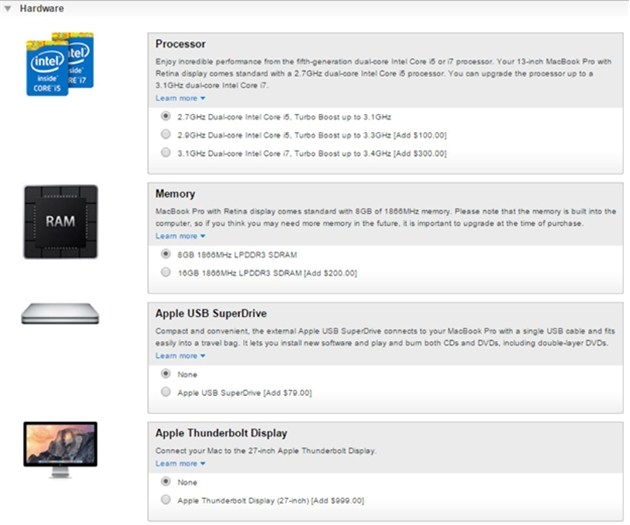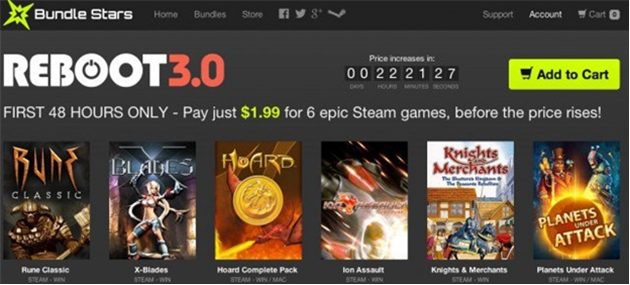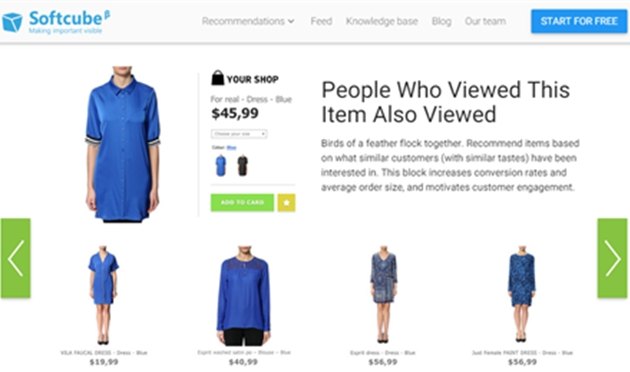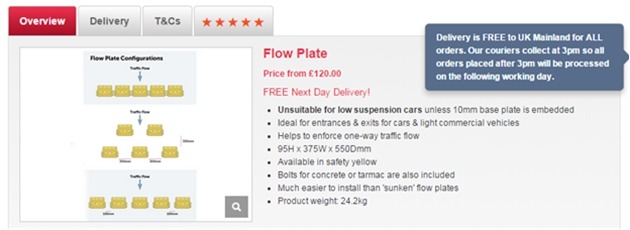Upselling and cross-selling are popular approaches to increasing average order size and total revenue. Customers, too, are amenable to such tactics because they discover products they need or will need in the near future.
The market is full of similar products, with many brands offering the same products; recommendations and cross-sell tactics can help get additional revenue from each customer.
But, first, it's essential to understand the difference between cross-sell and upsell.
An upsell is when you offer an upgrade to the existing product; you convince the purchaser to purchase a more expensive version of the same type of product. In the case of a laptop, for example, you might get a purchaser to select one with a more powerful (and more expensive) processor.
A cross-sell is when you present the customer with additional offers that are related to (but not an upgraded version of) the product they're purchasing. When buying a smartphone, for example, an earphone and protective case are logical cross-sell offers.
To make upsells and cross-sells more effective, follow these five tips.
Tip 1: Recommend accessories and upgrades

Source: Kissmetrics
The idea here is that no one needs a product, per se, but rather a solution for a problem. Your product, then, plays a role in resolving that problem.
In the same way, nobody needs a flashlight without batteries, a notebook without a case, a pencil without an eraser.
Or they might sometimes need a larger computer display than the one on their laptop.
A customer should be able to use the product immediately after purchase, and so this is your opportunity to sell more by recommending accessories and upgrades.
Tip 2: Create packages and bundles

Source: ConversionXL
When two or more products that complement each are combined and together, you've created a bundle. You can often see this approach at the bottom of the checkout page on Amazon.
For example, when you're selling a laptop, you can bundle a mouse with it. Customers will need a mouse, and offering it this way will give them a slightly lower price for the mouse—and you'll get more revenue.
Tip 3: Recommend products with improvements based on similar characteristics
Sometimes customers may not have noticed that there are better and cheaper products than what they are looking at. Recommend something from the same series but newer or a little bit different. Try to find products with similar characteristics but with higher margins for you.
When higher-priced options are displayed, doing so drives an increase of 4% in sales, according to a study by Predictive Intent. A small portion of your visitors always want the very best product for themselves, even if it's the most expensive. Consider an automated system that makes such recommendations.
Tip 4: Use cross-category connections
Go further and recommend products that are frequently bought together as long as they are used at the same time and place. In fashion, that might mean recommending parts of an outfit: shirts with pants, scarf and hat, shoes and bag.

Try to find connection like that in your merchandise, and tie these products automatically by using an e-commerce product recommendation engine, such as Softcube.
Tailored recommendations increase key metrics such as conversion rate, average order size, and CTR, and boost customer satisfaction.
Tip 5: Use free shipping to increase average order and make them purchase something more expensive
"Free" is the most exciting word for many buyers. Free shipping, free samples... cause more shopping excitement than just about anything else.
Free shipping, with minimum order-size conditions, is almost always a good method of increasing average order size; buyers end up deciding to use the money they would've spent on shipping to instead buy something else or a greater number or amount of what they were already buying.
(Brandon Eley writes about how he increased conversions by over 50% in a single night by offering free shipping. It simply works.)
You can also use time-sensitive shipping. Say your e-commerce store ships orders at 3 PM; it would make sense to tell visitors that the cut-off time is 3 PM, and orders placed after that will be shipped the next day.
Here's an example at the Workplace Depot website. When the time approaches 3 PM, a notice is activated on the website.

The notice doesn't appear between 3 PM and 7 AM so that buyers aren't put off from purchasing because they think they have plenty of time to take advantage of free shipping.
* * *
When shopping, people are looking to buy something, obviously; so our task is to help them make choices that are right both for them and for us.




